Let me ask you a million-dollar question, can we connect a desktop 3.5 inch Hard Drive to a Laptop? You may be thinking that I am just kidding but no it is really possible! We can definitely connect the desktop hard disk to laptops but it is not as simple as you think. In case you don’t know, let me tell you that Laptops and Notebooks are typically using 2.5-inch hard drives, desktops on the other hand use 3.5-inch hard drives. Along with different form factors, 2.5-inch HDD and 3.5-inch HDD also have some differences which we have discussed right here:
Read Now: 2.5 Vs 3.5 HDD: What is Better & Why?
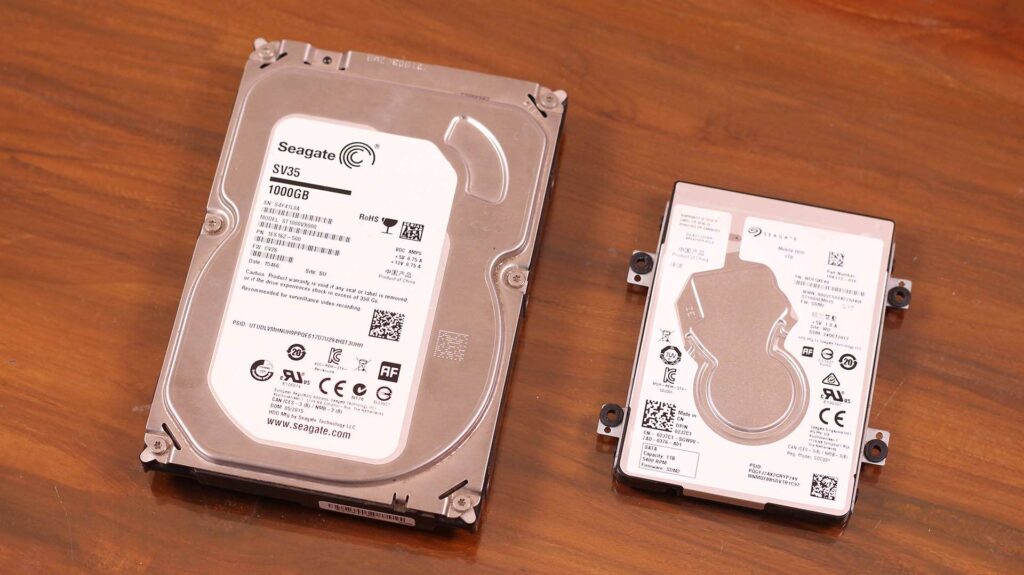
Brief Discussion: Laptop Vs Desktop Hard Drives!
As it is, a Desktop Computer typically uses a 3.5-inch hard drive. Because it is fast, cheap, available in higher capacity and more reliable but a bit of noisy and not much power efficient which definitely we do not care much as desktop computers are normally connected with wall outlet so because of a powerful HDD extracting a couple of watts from the wall outlet, doesn’t create many effects on electricity bills at the end.
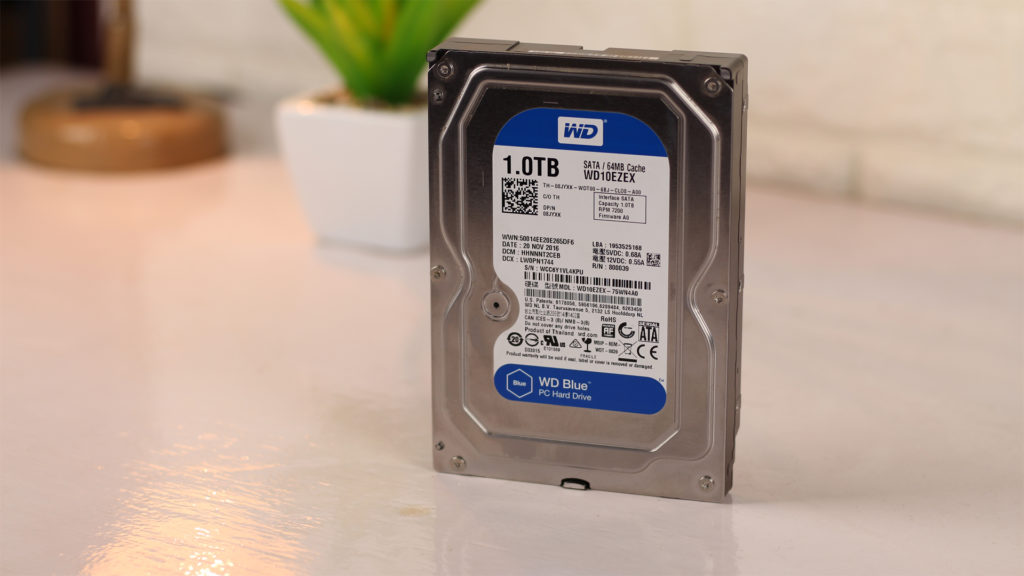
Laptop Hard Drives on the other hand, are quite power-efficient & don’t offer as huge capacity as the desktop ones and they are more expensive obviously.
Do Desktop HDD and Laptop HDDs possess the same Interface And Protocol?
The answer here is not quite simple. Yes, they both possess the same SATA data connector but their power connector is not similar. They may look similar but connection-wise, they are not. Desktop HDDs need 12V rail along with the 5V one but laptop hard disks never need 12V rail as they can simply work fine at 5V.
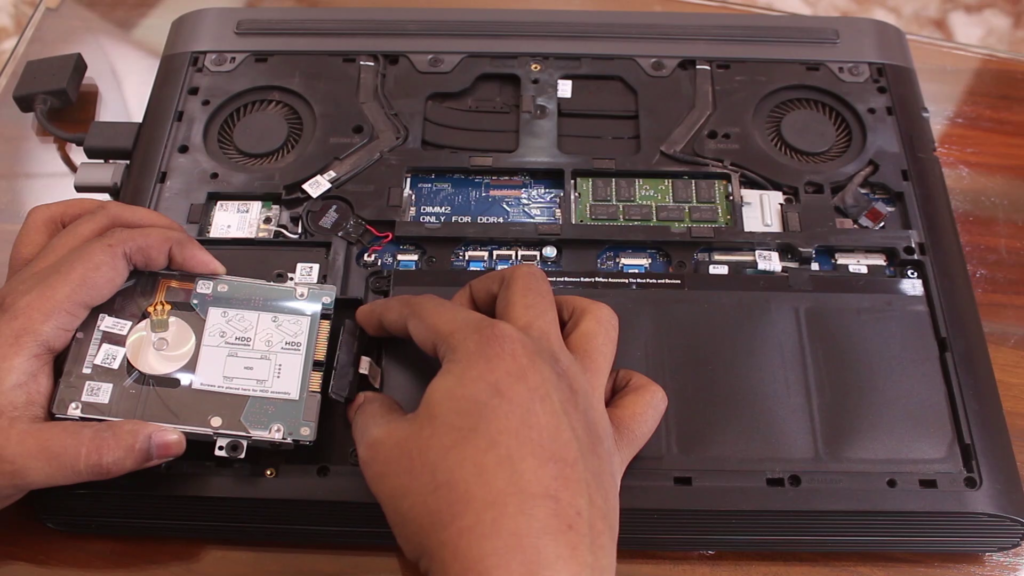
So, can we connect the laptop HDD with the desktop? Yes. Actually, 2.5-inch laptop HDDs don’t have the connection on 12V pins of the SATA power connector. But the Desktop HDDs cannot be connected with the laptop’s SATA port. The only reason is the lack of power. As we said desktop HDDs need 12V to work but laptops don’t provide 12V on the SATA power lines.
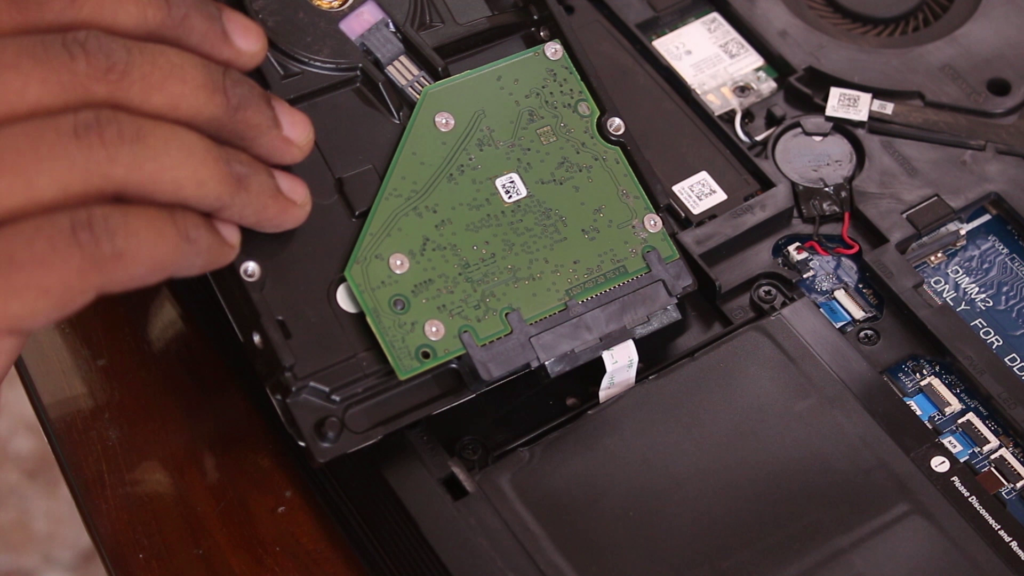
How to connect with the Laptop?
The best solution is to use a USB to SATA adapter and make sure the adapter aka converter is powered from an external 12V power source. Because a normal USB port unless it is a USB Type-C PD port, can’t deliver 12V on its power rails and definitely can’t deliver suitable Amps to work the 3.5 inch Hard Drive properly.
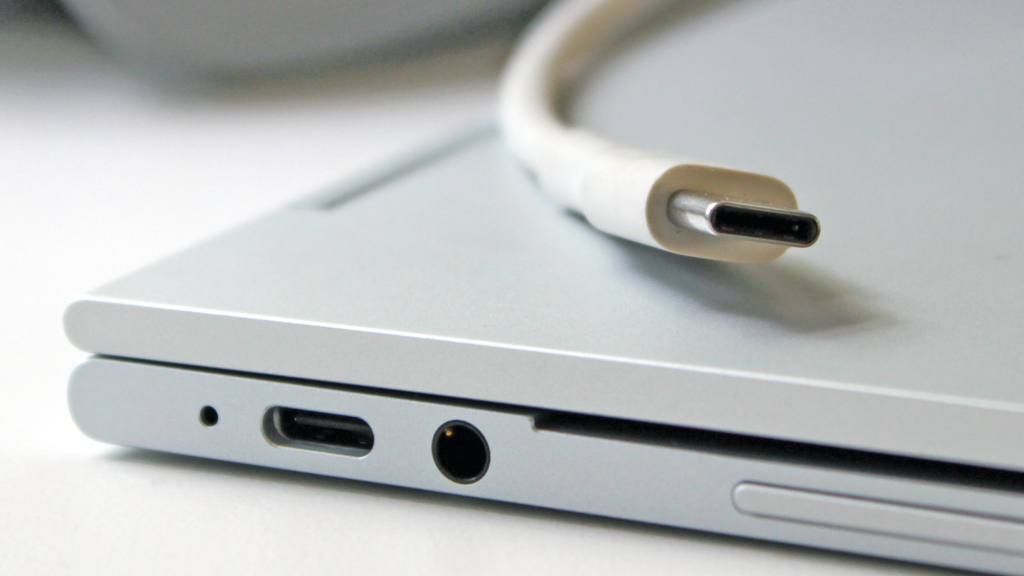
Although if you want to connect an SSD or a 2.5inch HDD with the USB to SATA or SATA to USB converter whatever you want to call it then you don’t need those externally powered converters. The USB bus-powered one is mostly more than enough to do the job done.
Also, it is better to have USB 3.0 support for better data transfer speed. We don’t think nowadays USB 2.0 is the option to go with. Maybe USB 2.0 USB to SATA converter are found cheap but investing in USB 3.0 is definitely worth the money.
How to Use USB to SATA Adapter to Connect Desktop Hard Drive With the Laptop?
Actually, it is pretty simple. All you have to do is to connect the desktop hard drive with the SATA connector of the USB to the SATA adapter and connect the USB Plug into your computer. And definitely, you need to connect the external power to use the desktop Hard Drive with your laptop.
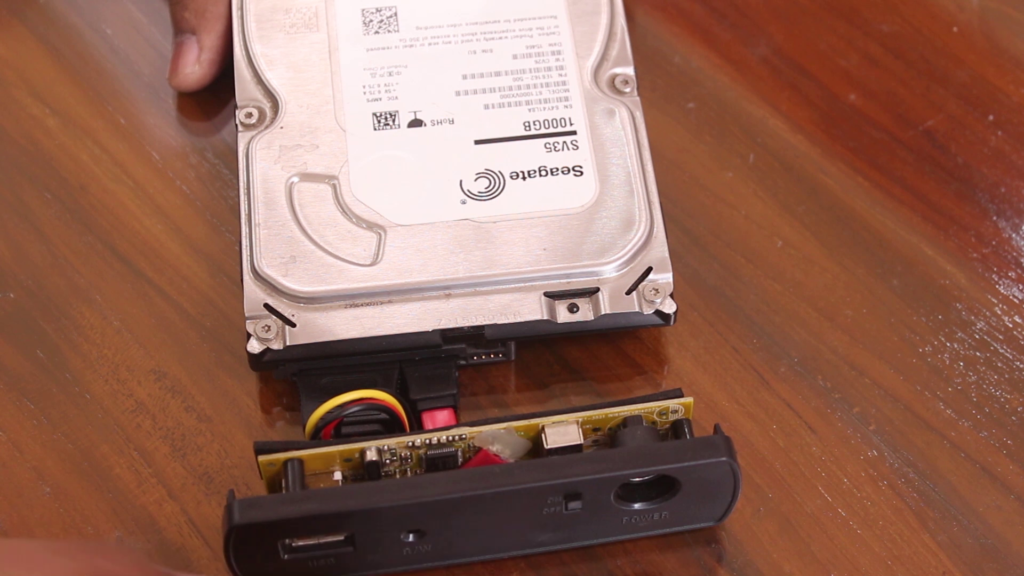
That’s all. There is mostly no driver needed to work these devices. Windows automatically install all of them. So, you now have connected your desktop hard disk with your laptop. It is now completely accessible. You can read or write data on the desktop’s 3.5 inch Hard Drive!
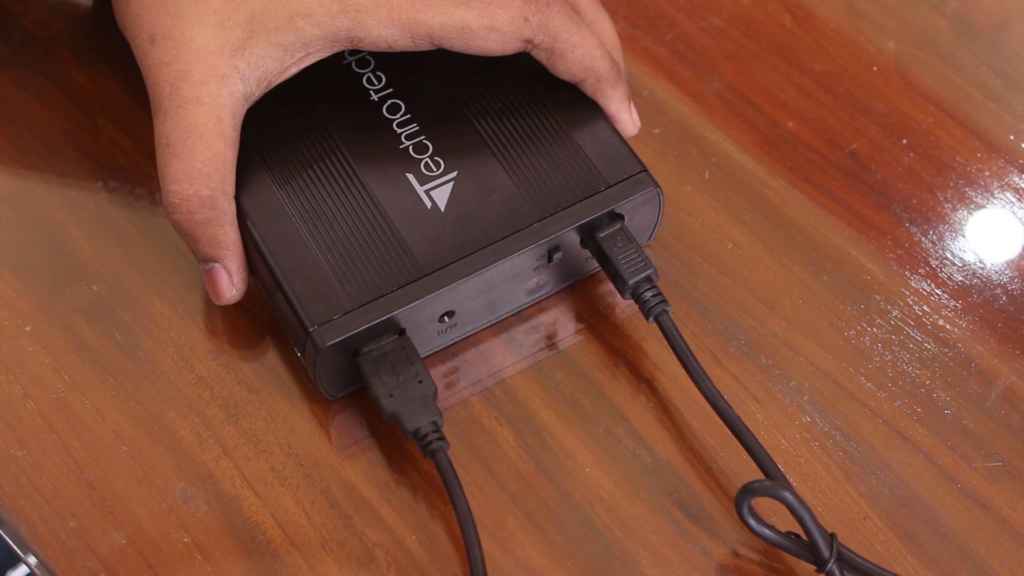
At the very end, We are recommending to use PiBOX India – SATA to USB 3.0 Cable or QZ 3.5 inch USB 3.1 SATA Hard Disk External Enclosure Case Dock or UGREEN 20611 USB 3.0 to SATA Converter Adapter Cable or if you want and you have the ability to identify the suitable solutions by reading the specifications then you can go with whatever you want. If you have chosen a suitable adapter then it will definitely work. Most importantly this USB to SATA converters are not expensive they are sometimes be found super cheap on sales. You can also use 3.5 inch HDD enclosure to connect your desktop hard drive with your laptop.
Therefore, we hope you have found this article about how to connect the desktop hard disk to the laptop helpful enough. If it really so then don’t hesitate to express your valuable thoughts in the comment section. Thanks for visiting and appreciating our work.

